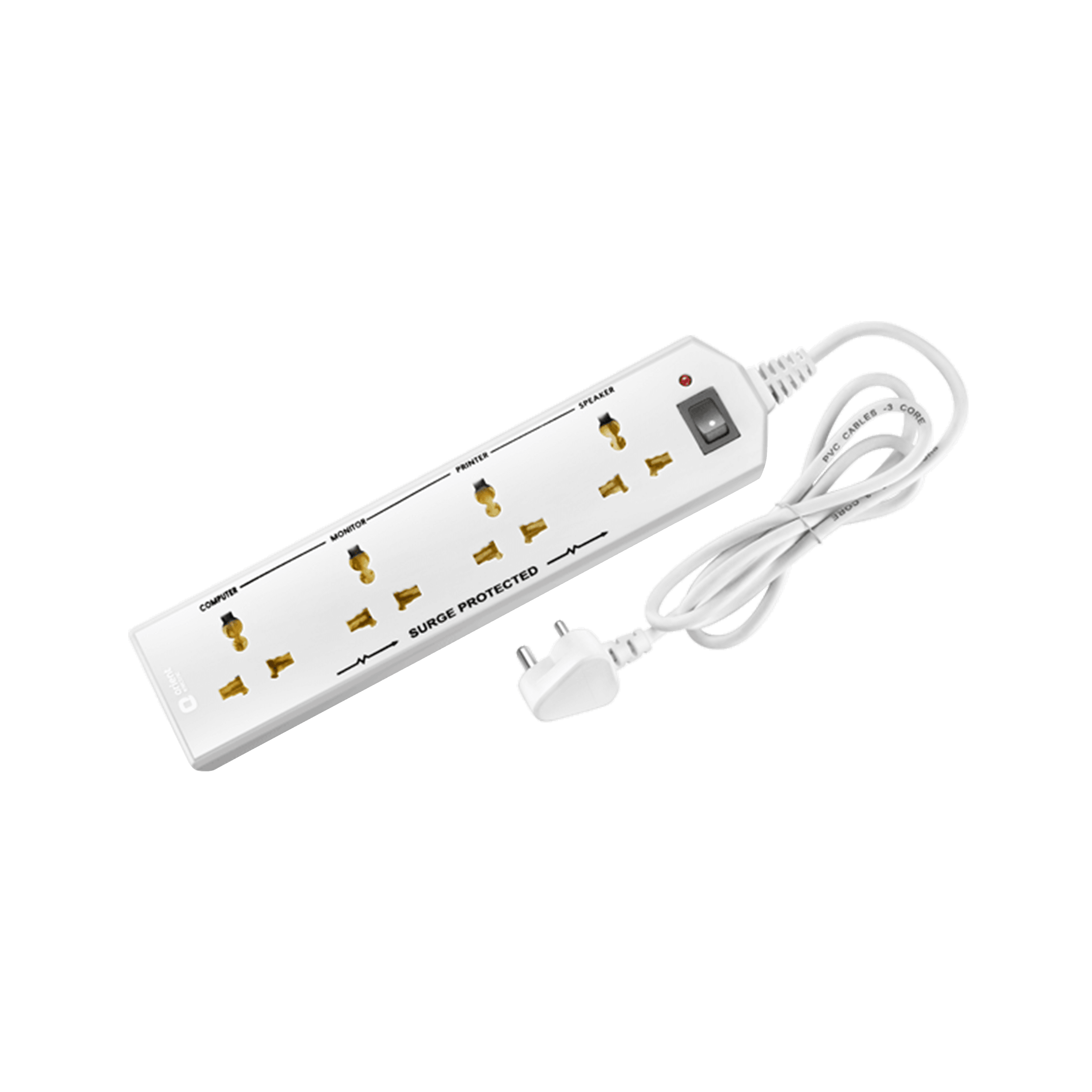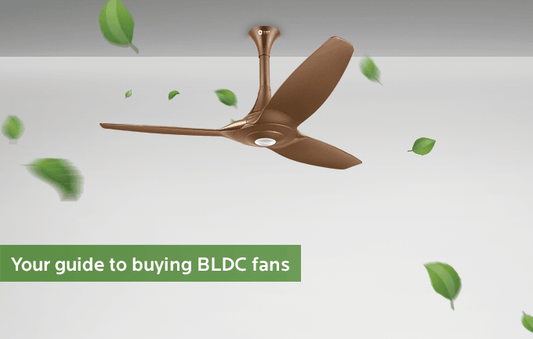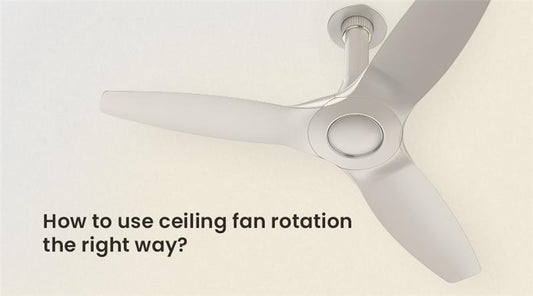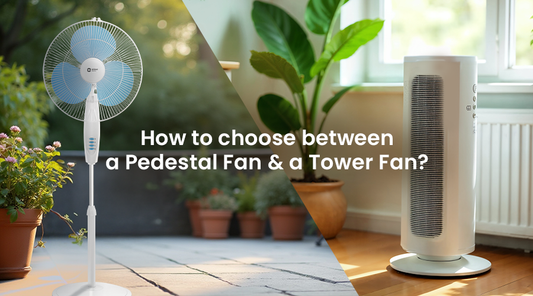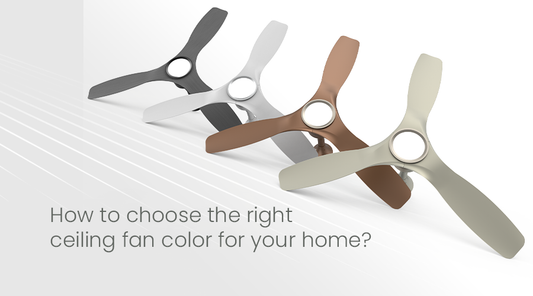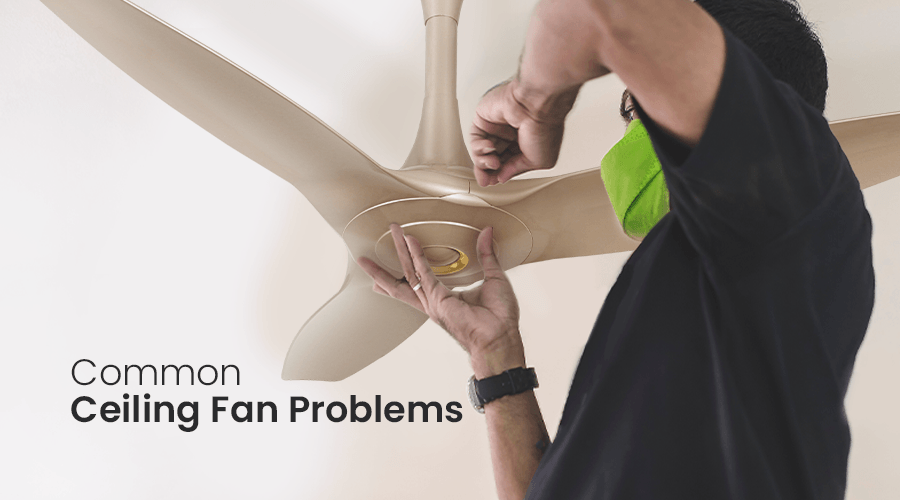
How To Address The Most Common Ceiling Fan Problems

Nothing can be more annoying than entering your home on a scorching summer day only to find that your ceiling fan has suddenly stopped functioning. While you can always hire an expert to do the job, it won’t hurt to troubleshoot the problem yourself and save some money on the repair costs. Some of the most common ceiling fan problems include wobbling, excessive noise and non-functional lighting. If you find any of these issues, it is better to address them at the earliest, so that they do not develop into bigger problems that could pick on your pockets.
Ceiling fans not working?
- The very first thing you need to do in this case is to check the circuit breaker and see if there is a trip. While it seems so obvious, many people tend to ignore this simple thing.
- The next thing to do is to check for the blown fuses. If you have found the problem right here, you will either need to reset the circuit breaker or change the faulty fuse.
- If that does not work, you can try checking the position of reverse switch, wall switch and the batteries in the remote.
- If the problem still persists, frayed wiring could be the problem. In that case, you should seek help of an electrician.
Wobbling
One of the most common problems found with ceiling fans is wobbling. How to fix the wobbling in the ceiling fans?
- Check out for the loose screws and bolts, and tighten them properly.
- Damaged or bent blades are another reason that could make a fan wobble. While you can try bending them to the original shape, it’s better to opt for replacement.
- Ceiling fans also shake because people usually hang them on to the regular electric box that may or may not support their weight properly. Therefore, choose an outlet box that’s rated for ceiling fans.
- However, you can also get a balancing kit from the market to address this issue.
Humming
Squeaking fans are one big problem. If you want to get rid of the humming or buzzing sound, you need to make sure that the screws are tightened, blades are balanced, and there is no obstruction in the blade movement.
If you have just installed a new fan, you should wait for at least 24 hours, so that the lubricant is spread evenly. If all these things do not work, call an electrician or contact the manufacturer.
Fan Doesn't Rotate at Full Speed?
If you want to find out the main reason for the ceiling fan slow speed, the most common culprit is a faulty capacitor, which is responsible for regulating the fan's speed. Over time, capacitors can degrade, leading to reduced performance.
Dust or dirt accumulation in the motor bearings can also create friction, slowing down the fan's rotation. In some cases, a worn-out motor might be to blame, especially if the fan is older.
Additionally, issues with the pull chain or speed regulator could result in the fan being stuck on a lower setting. Regular maintenance, including cleaning and checking internal components, can help prevent these issues and ensure smooth operation.
Non-functional lighting (For Fans with Lights)
Addressing the issue of non-functional fan lighting is quite straightforward. You simply need to check for loose wire connections and set the right. If you are using a pull chain, make sure to check if it’s working properly.
Fan Emits a Burning Smell
If your ceiling fan emits a burning smell, it’s a serious issue that requires immediate attention. This is often caused by an overheating motor, which can occur due to prolonged use, insufficient ventilation, or internal wear and tear. Faulty wiring or an electrical short can also generate heat and create the burning odor.
In some cases, accumulated dust or debris inside the motor or capacitor may overheat and produce the smell. To address this problem, turn off the fan immediately and disconnect it from the power source. Inspect for visible damage, and if the issue persists, consult a professional electrician to avoid potential fire hazards.
Quick Tips:
You should always consider buying celling fans from a reputed brand which has been in the industry for over six decades. Also, it is important to check for warranty and after-sales service. Do not forget to check the quality of the motor, as it is the main component that actually runs the fan.
Frequently Asked Questions (FAQ)
Which types of faults occur in a ceiling fan?
Ans. Common faults include motor issues, faulty capacitors, loose or misaligned blades, electrical wiring problems, worn-out bearings, and overheating.
Why is my ceiling fan not working properly?
Ans. Your fan may not work properly due to a faulty capacitor, loose wiring, a malfunctioning motor, or improper blade balance. Check the power supply and connections for issues.
How do I know if my ceiling fan capacitor is bad?
Ans. A bad capacitor often causes the fan to rotate slowly, fail to start, or produce unusual humming sounds. Testing with a multimeter can confirm if the capacitor is faulty.
Why is the fan not rotating fast?
Ans. A fan may not rotate fast due to a weak capacitor, dust in motor bearings, or low voltage supply. Ensure the fan is clean, and replace the capacitor if needed.

